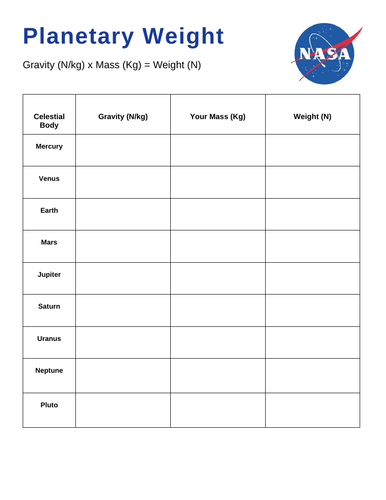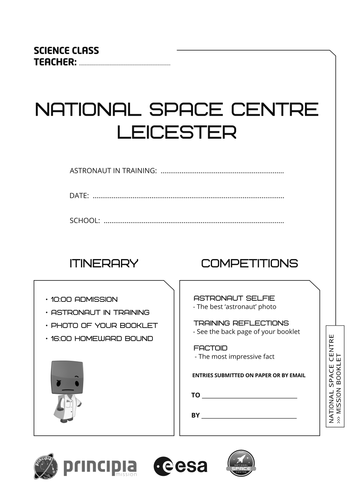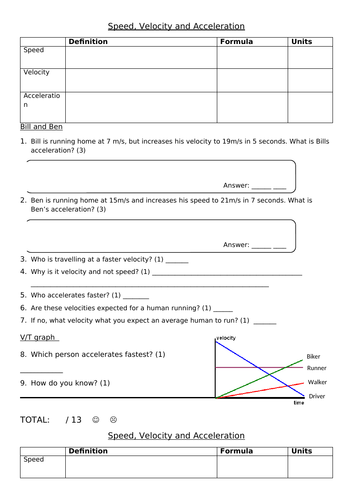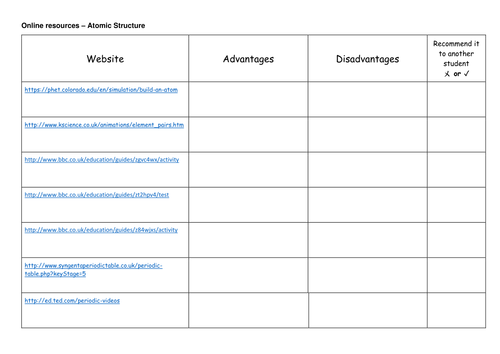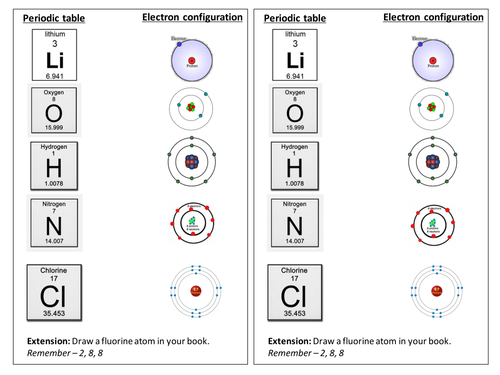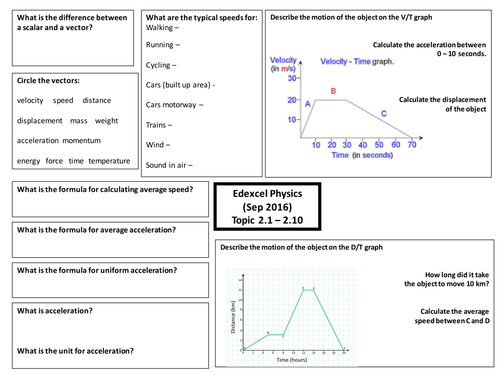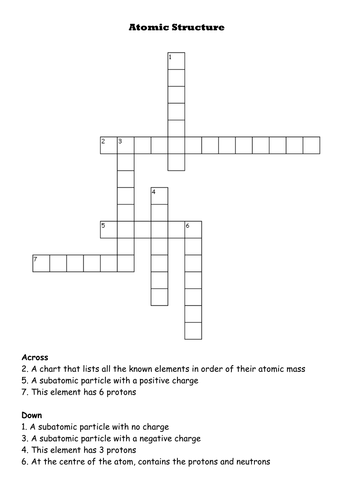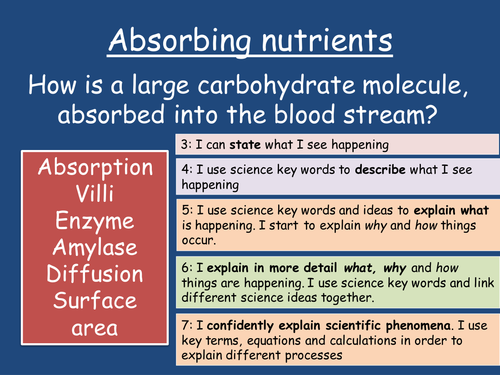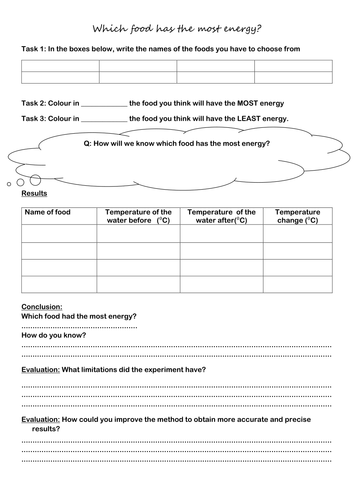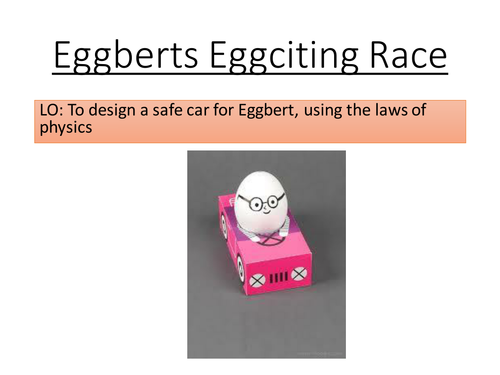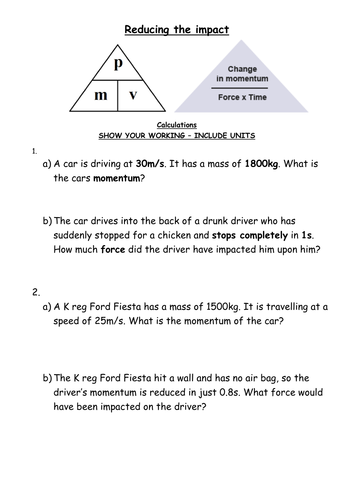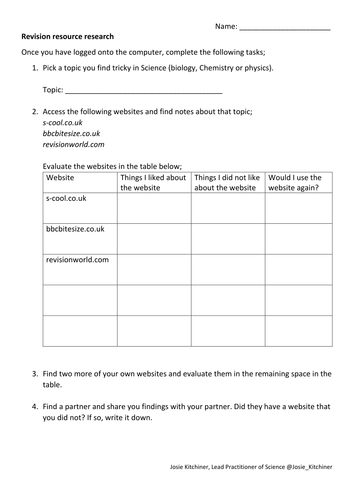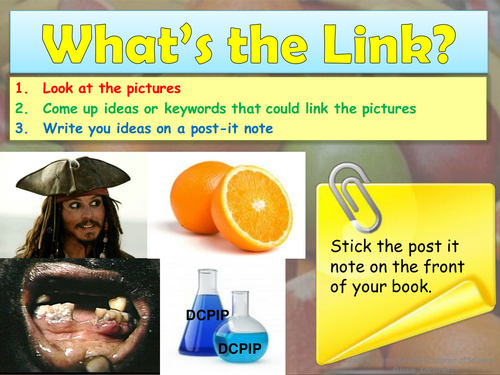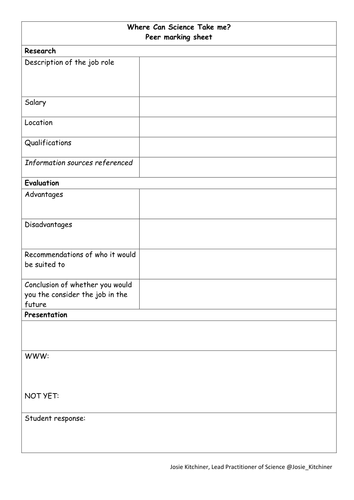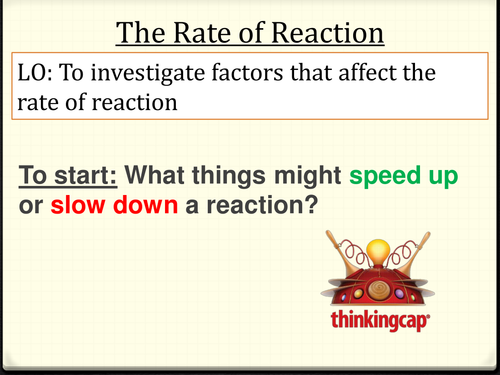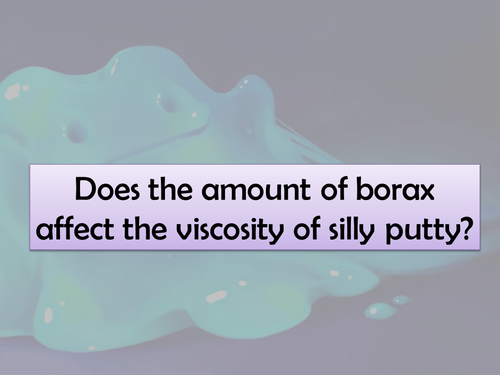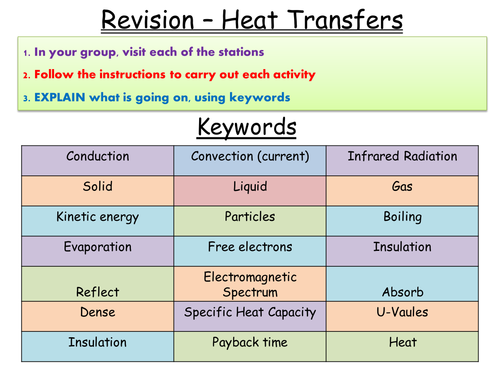
41Uploads
91k+Views
77k+Downloads
All resources

Weight and Mass - Planetary Weight
Useful when teaching the difference between weight and mass. Pupils should illicit the idea that if they were to visit another planet, their mass would stay the same but their weight would change as a result of gravity.
Older or more able groups I ask to research the gravitational field strength. Younger or less able groups I send of a tour of the solar system. Put out the planets and ask them to find the gravity.
Unit for gravity is given as N/kg you may wish to change in to m/s/s depending on group and syllabus.

National Space Centre Mission Booklet
I created a workbook for our Year 7's trip to the National Space Centre in June 2016. As teachers, we found the workbook encouraged pupils to read and absorb the exhibits, rather than just pushing buttons.
I emailed the resource to the NSC, to request their permission to share the resource on TES (as I had added photos of the NSC and a copy of their map). The NSC kindly adapted the booklet to make it look a little more professional and updated questions on exhibits that have changed.
The Space Centre is a fantastic day out, I would thoroughly recommend it. The planetarium is well worth a visit.

Speed, Velocity and Acceleration
A short worksheet to assess my bottom set Year 10’s understanding of Speed, Velocity and Acceleration. Helped to highlight the fact that just because an object is accelerating faster, does not mean it is traveling faster.
Questions repeated so 2 can be printed per page.
Answers are on the third page.

Atomic Structure - Online Revision
Revision websites for Atomic Structure, with a review activity to enable pupils to select the most effective online resource for their own learning and independent revision.

Collapsing can
A resource to go with the collapsing can demonstration. In the format of a storyboard, but it has been differentiated as;
- Gap fill or,
- Card sort or,
- Complete the sentence or,
- Draw the picture to match the words or,
- Write the story to go wit the pictures

Elements and Electron configuration match up
Elements and Electron configuration match up
A match up activity for lower ability groups - match the element to its electron configuration. PP Answers provided to display to the class.

Forces and Motion topic 2.01 - 2.10 revision broadsheet (Edexcel 9-1)
Forces and Motion topic 2.01 - 2.10 revision broadsheet (Edexcel 9-1)
With answers

Atomic Structure Crossword
A basic crossword for the introduction of atomic structure. Answers at the end of the document.

Enzymes and Absorption - Carbohydrate breakdown assessed question
Pupils use keywords to describe and explain how a large carbohydrate molecule is absorbed. They then use the pupil-friendly mark scheme to self or peer assess. 11 marks for Scientific content and 4 marks for spelling and grammar.

Energy from food - Burning food writing frame
A writing frame for students who have difficulty setting out an investigation, or keeping up with written work during an investigation.
Investigation - Which food provides the most energy? Burning food to heat water

Car Safety activity - Design a car for Eggbert
Pupils can apply ideas of car safety, to their own car design. They test their design down a ramp, into a wall, using an egg as a test dummy.
Self assessment sheet provided.

Car Safety - Change in momentum
Car pile up scenario. Pupils have to calculate the momentum of each vehicle, followed by the change in momentum, to calculate impact force. Finally, they have to use the numbers to conclude which driver would have come out worse off.
Answers provided.

Balanced Diet - Food tests on McDonald's
After teaching a lesson on the 7 food groups, students use food tests to conclude whether or not McDonald's provides a balanced diet. I buy a big Mac to test. Then watch a short clip on the Supersize documentary and analyse the symptoms of a high fat/high sugar diet; physical and mental. There is also opportunity to evaluate the food tests as methods of identifying nutritional content.
I would recommend setting up the food tests as a circus of activities. I have two circuses on the go, so 8 stations. However, this would depend on your lab layout and your class.

Investigate - How can we find out if a claim is true
Encourages pupils to consider the reliability of information, and not to just take headlines as fact. Many young people 'share' stories on Facebook and Twitter, without considering the source of information and the reliability of the research.
After discussion, pupils design their own investigation to test if a claim is true.

Science revision website evaluation
Provides pupils an opportunity to review the various GCSE revision websites available and conclude which is most suitable for them.

Testing for Vitamin C
An investigation to find out which fruit of vegetable juice has the most vitamin C.
PowerPoint and resources are aimed at lower ability groups.

Science Careers - Where Can Science Take me?
A research task for pupils to find out more about potential Science careers. Includes a peer marking sheet and a teacher assessment sheet.

Investigation skills - Rates of Reaction with Rhubarb
Students investigate how surface area affect rates of reaction, with rhubarb

Investigation Skills - Does the amount of borax affect the viscosity of silly putty?
Students investigate how the amount of borax affects the viscosity of silly putty. Can be kept as a simple KS3 investigation, or linked to C1 AQA polymers.

Heat Transfers Revision Circus
A revision lesson on the heat transfers topic, suitable for OCR Gateway and AQA P1. Students carry out a circus of activities, using keywords to explain what is happening.
Have the 8 stations laid out around the room, with the station cards. As students move about the room, display the keywords on the board. Then use the PowerPoint to talk through the key ideas.

